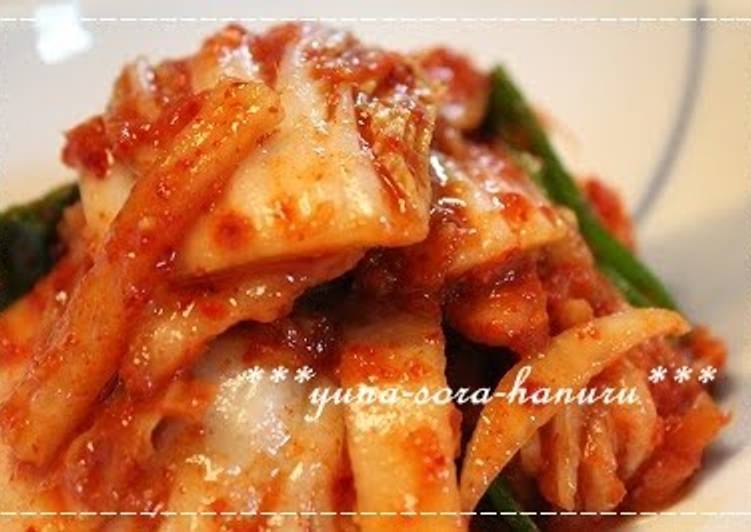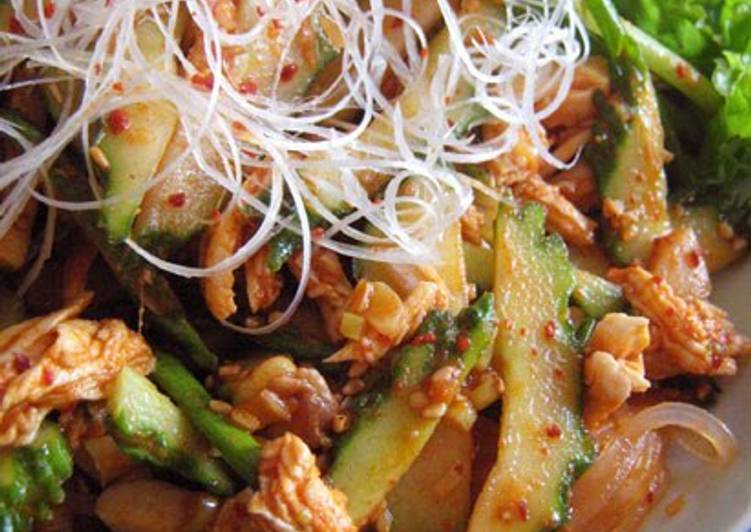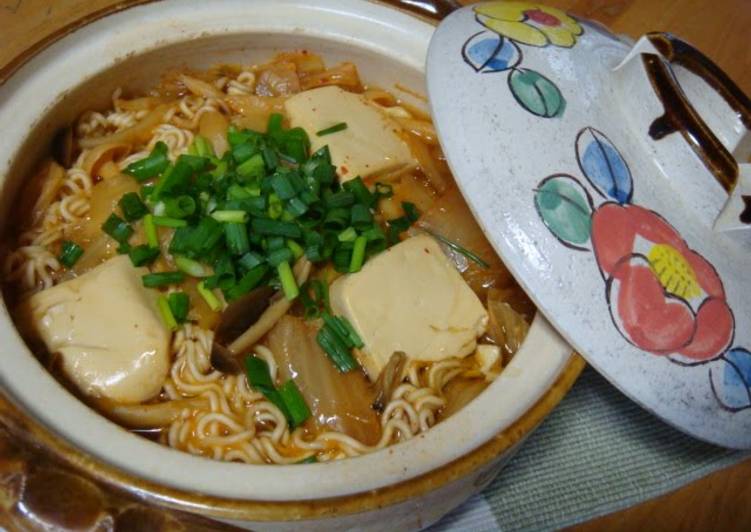
Hey everyone, it is Drew, welcome to my recipe page. Today, I’m gonna show you how to make a special dish, korean kimchi from the source. It is one of my favorites. For mine, I’m gonna make it a little bit unique. This is gonna smell and look delicious.
Korean Kimchi from the Source is one of the most popular of current trending foods in the world. It’s easy, it is quick, it tastes yummy. It is appreciated by millions every day. Korean Kimchi from the Source is something that I have loved my whole life. They are nice and they look wonderful.
Kimchi, a staple in Korean cuisine, is a traditional side dish of salted and fermented vegetables, such as napa cabbage and Korean radish, made with a widely varying selection of seasonings including gochugaru (chili powder), spring onions, garlic, ginger, and jeotgal (salted seafood), etc. Korean Kimchi Everything you need to know with Kimchi Pictures. In its simplest form, Korean Kimchi is fermented cabbage (Chinese Kimchi Fried Rice is a staple Korean food, associated with everyday Koreans as it is a cheap food that has been eaten by all for the last couple of centuries.
To begin with this particular recipe, we have to prepare a few components. You can cook korean kimchi from the source using 15 ingredients and 16 steps. Here is how you can achieve it.
The ingredients needed to make Korean Kimchi from the Source:
- Take 1 head Chinese cabbage
- Prepare 300 grams Coarse salt (pickling salt)
- Take 100 grams Coarsely ground chili pepper for kimchi
- Take 1/2 Daikon radish
- Get 3 to 4 stalks Green onion
- Prepare 20 grams Ginger (grated)
- Make ready 30 grams Garlic (grated)
- Take 1/4 Onion (grated)
- Take 1/4 Apple (grated)
- Get 50 to 60 grams Salt cured ami ebi (small shrimp)
- Prepare 2 to 3 tablespoons Sardine extract (or fish sauce)
- Make ready 1 tsp Sugar
- Take 1 tsp Salt
- Take 60 grams Cooked rice
- Take 50 to 80 ml Water
Kimchi, also spelled gimchi or kimchee, refers to a traditional Korean fermented dish made of seasoned vegetables. The most common Korean banchan, Koreans eat kimchi eaten with rice along with other banchan dishes. Napa cabbage is seasoned with crushed red pepper flakes and fermented in this traditional Korean pickle. The lighter colour of kimchi found in North Korea often means it is less spicy than kimchi in South Korea.
Steps to make Korean Kimchi from the Source:
- Wash the Chinese cabbage, make cuts in the stem end and rip into half with your hands. Rip into half again to end up with 4 quarters.
- Make a high concentrate salt water in a large tub or bowl, and completely immerse the Chinese cabbage in it. Leave to soak so that the salt water penetrates to the core.
- When the leaves have become wilted, take the cabbage out and drain it off. Peeling back the leaves one by one, sprinkle in some salt, concentrating on the cores.
- Line the salted cabbage quarters in a pickling tub, add a weight and leave to pickle for 1/2 to 1 whole day or so. Turn it over occasionally so that it cures evenly.
- When the salt-pickled cabbage is done, rinse it well under running water. It should taste a bit salty.
- Put the cabbage on a sieve or colander and leave to drain and dry for 3 to 4 hours.
- When the salted cabbage is done, make the yangnyeom (kimchi base). Prepare each ingredient.
- Cut the daikon radish into 3 to 4 mm wide sticks. Cut the green onion into 4 cm long pieces. Grate the ginger, garlic, onion and apple.
- In Step 8, chop up the ginger and garlic and then purée it in the food processor.
- Put the rice and water in a food processor, and process until it forms a gluey paste. Adjust the amount of water depending on the consistency of the rice.
- From this point on, be sure to work with rubber gloves!! Ideally use ones that have long sleeves. Otherwise, regular rubber gloves are fine.
- Put all the ingredients in a bowl (leave out the salted cabbage out) and mix together well with your hands.
- When it looks like this it's all good (This is the yangnyeom.)
- Peel off the dried salted Chinese cabbage leaves, and spread each one with a little yangnyeom. Take special care to put plenty of yangnyeom on the cores.
- Wrap the cabbage leaves around each other with the core in the center, and it's done! Put into a sealed ziplock bag or similar, and put the bag into a sealed container and store in the refrigerator. Take out however much you'd like to enjoy each time.
- If you want to easily make a small amount, mix salted and dried Chinese cabbage that's been cut up into easy to eat pieces with yangnyeom. This is even easier.
However, the lessened spice and lighter colour can also mean it has a little more of a sour taste. Find out what makes YPT stand out from the crowd and how we got to where we are today. Nowadays, kimchi is made both in North and South Korea, the Southern version being more salty and spicy than the Northern one. Seasons also play a role in the flavors of kimchi - refreshing cucumber kimchi is popular in spring and summer, while winter kimchis may contain radish and mustard leaves. "Kimchi is like air in Korea," says Hyunjoo Albrecht, a San Francisco-based chef who grew up near the Korean Demilitarized Zone (DMZ) Kimjang, the tradition of making kimchi, brought together entire villages and neighborhoods to turn hundreds of heads of cabbages into a source of food and nutrition. Originally inclined to make a delicious gift for his wife, he has since committed his life to making the perfect kimchi.
So that is going to wrap it up for this exceptional food korean kimchi from the source recipe. Thank you very much for your time. I am sure you can make this at home. There is gonna be interesting food in home recipes coming up. Don’t forget to save this page in your browser, and share it to your loved ones, colleague and friends. Thank you for reading. Go on get cooking!


